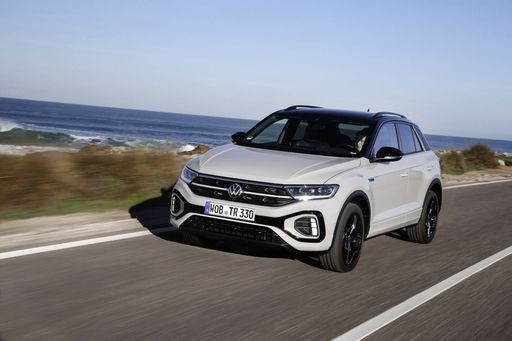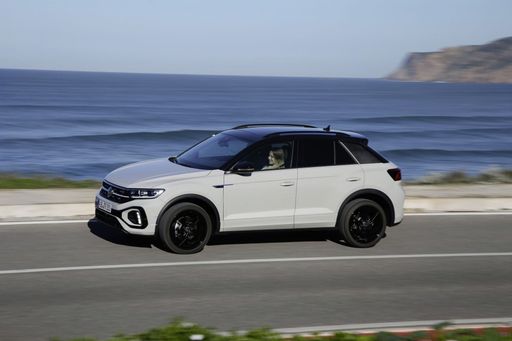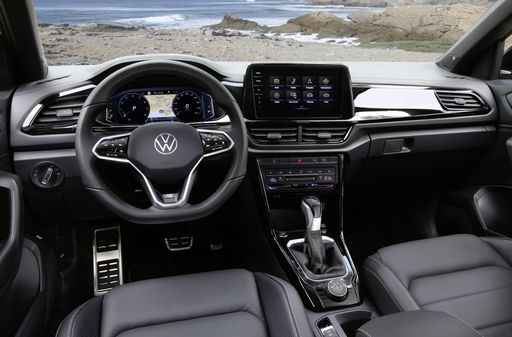The Battle of the Compact SUVs: Alfa Romeo Junior vs. VW T-Roc
In the rapidly evolving landscape of compact sport utility vehicles (SUVs), two contenders from the bustling city streets of Europe stand out: the Alfa Romeo Junior and the VW T-Roc. With their distinct styles and advanced technologies, these SUVs cater to modern drivers looking for a blend of practicality, innovation, and performance. This article delves into a side-by-side comparison of these automotive marvels, highlighting their technical aspects and pioneering features.







